Optimal Timing for Pavers Sealings
Determining the optimal time for pavers sealings depends on several factors including climate, weather conditions, and the specific type of pavers. Proper timing ensures maximum durability and effectiveness of the sealant, extending the lifespan of the paving surface.
Sealings should be applied during dry, mild weather with temperatures generally between 50°F and 85°F. Humidity levels should be low to ensure proper curing.
Spring and early fall are often considered the best seasons for sealings due to moderate temperatures and lower chances of rain.
Sealing should be avoided during extreme heat, cold, or rainy periods to prevent improper curing and potential damage.
Pavers must be thoroughly cleaned and dried before sealing, which may influence timing based on weather conditions.
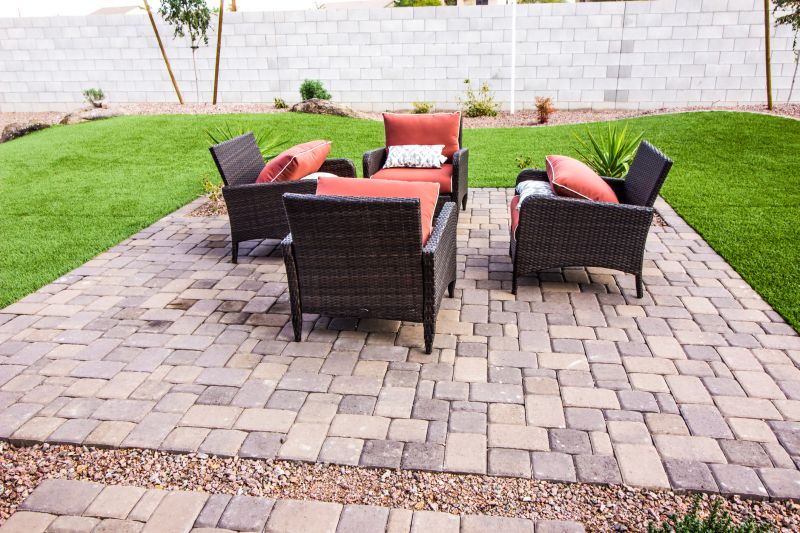
Spring offers optimal conditions for sealing with moderate temperatures and less humidity.

Fall provides cooler temperatures and dry weather, ideal for sealing projects.

Rain can interfere with sealant curing, leading to uneven coverage and reduced durability.
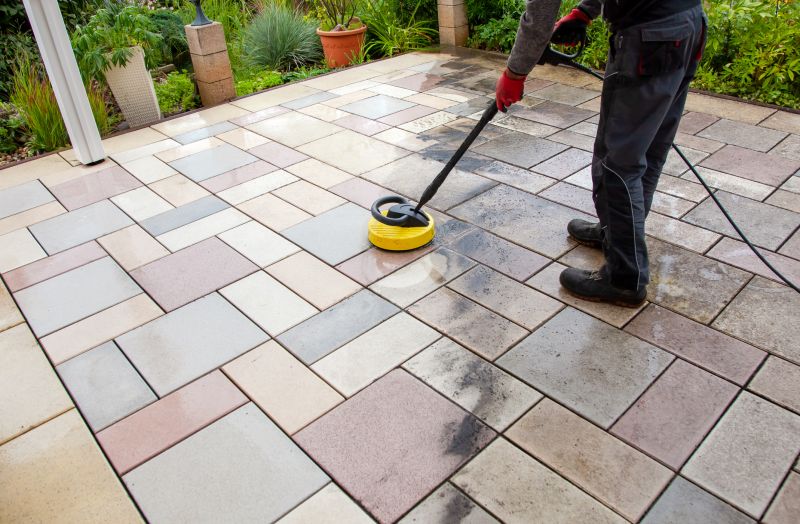
Cleaning and drying pavers thoroughly before sealing enhances adhesion and longevity.
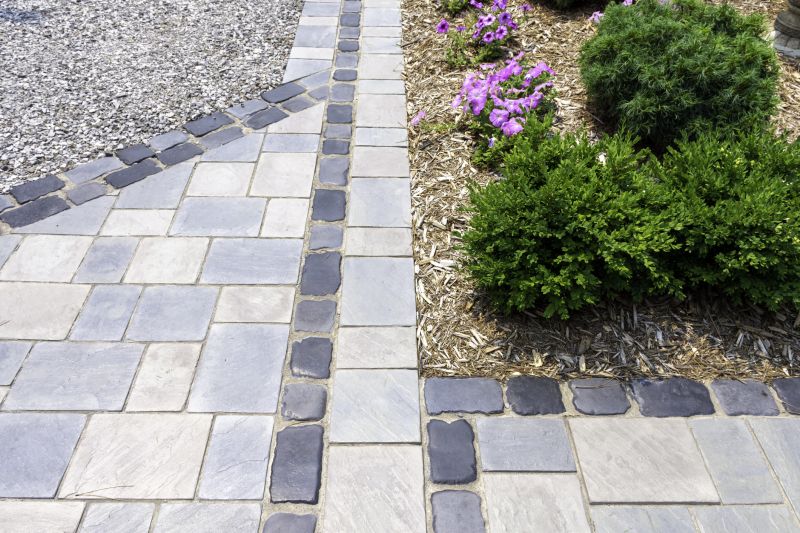
Ways to make Pavers Sealings work in tight or awkward layouts.
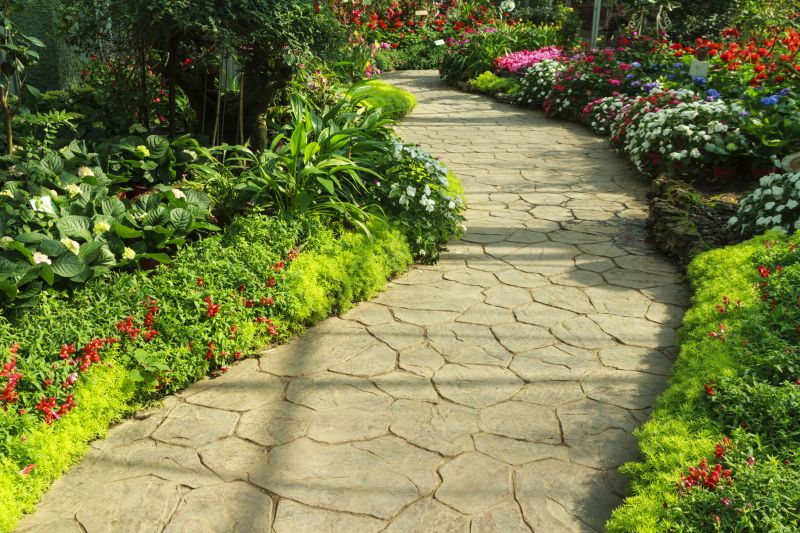
Popular materials for Pavers Sealings and why they hold up over time.
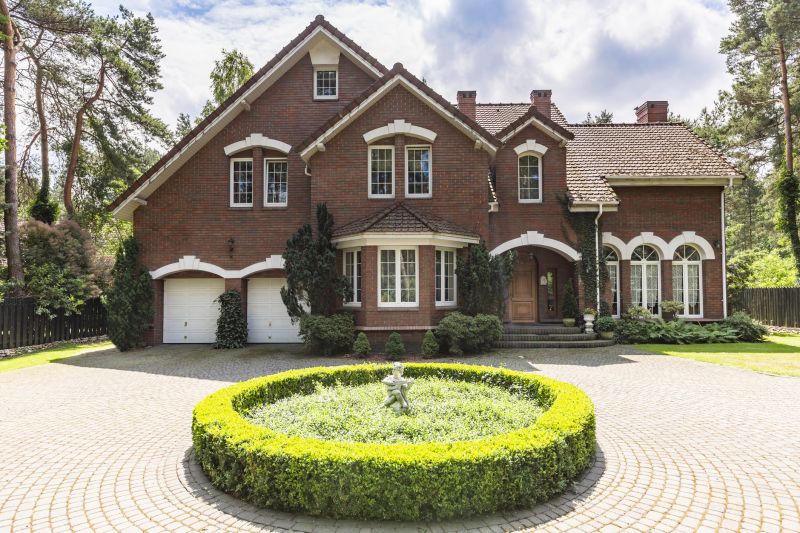
Simple add-ons that improve Pavers Sealings without blowing the budget.
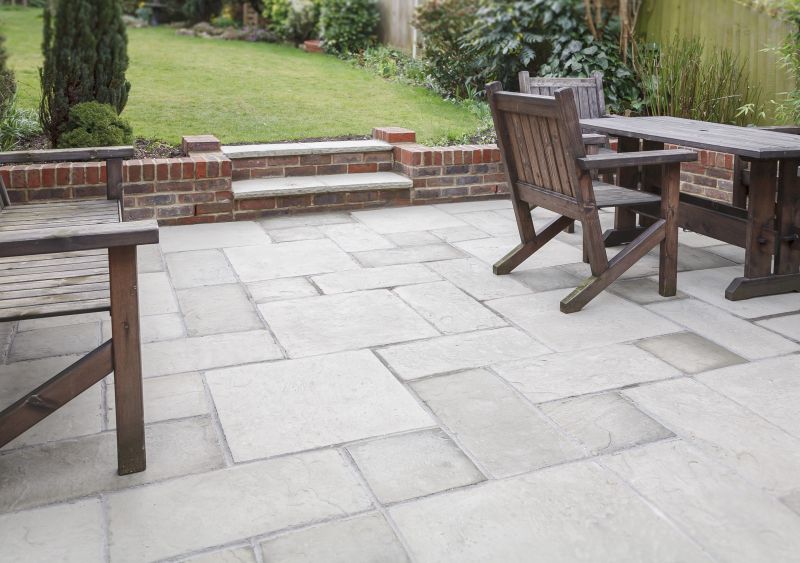
High-end options that actually feel worth it for Pavers Sealings.
| Season | Optimal Conditions |
|---|---|
| Spring | Moderate temperatures, low humidity, dry weather |
| Early Fall | Cooler temperatures, dry conditions, minimal rain |
| Summer | Possible but avoid peak heat hours, ensure dry weather |
| Winter | Not recommended due to cold temperatures and moisture |
Pavers sealings serve to protect the surface from stains, weather damage, and wear. Proper sealing enhances the appearance and extends the lifespan of pavers, making it a valuable maintenance step. Statistics indicate that regular sealing can increase the durability of pavers by up to 30%, reducing long-term repair costs.
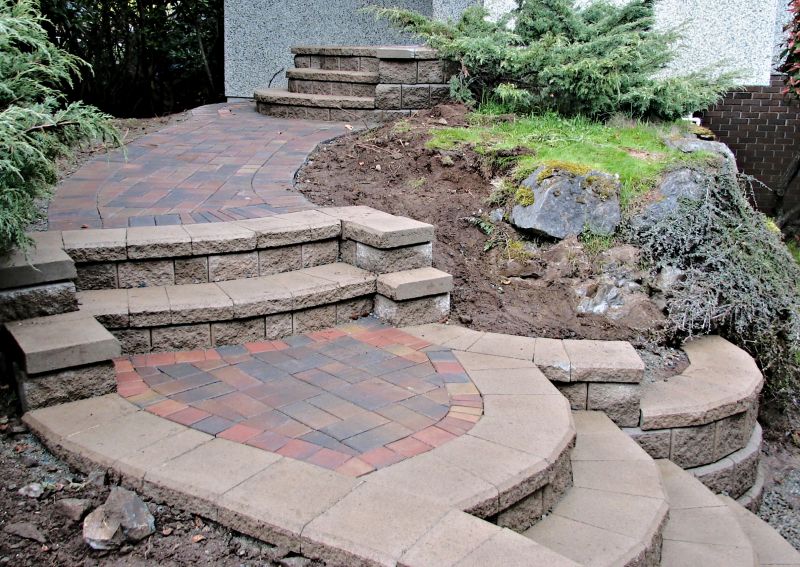
A well-sealed paver surface resists staining and weather damage.
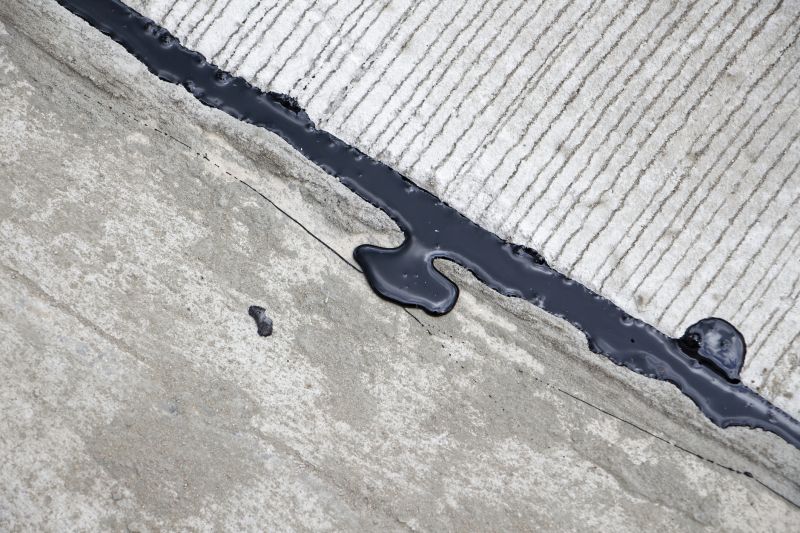
Applying sealant evenly ensures optimal protection and appearance.
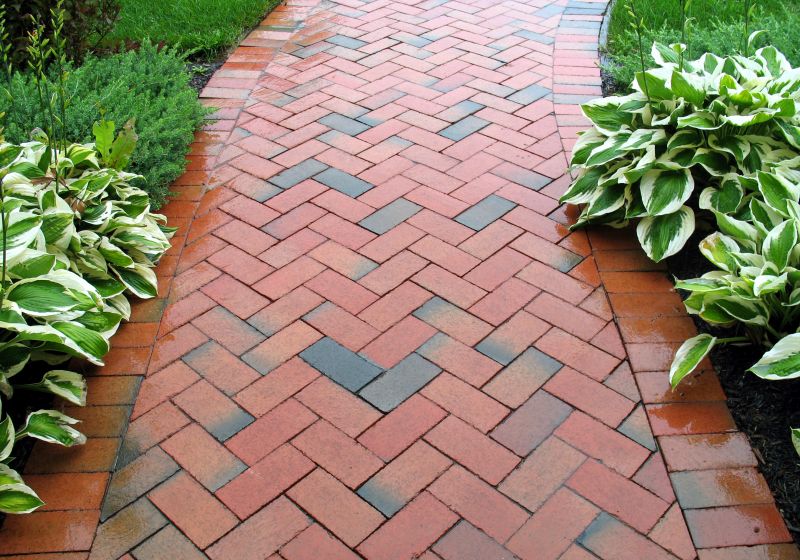
The final look of sealed pavers highlights their color and texture.

Sealed surfaces require minimal maintenance to retain their condition.

Finishes and colors that play nicely with Pavers Sealings.
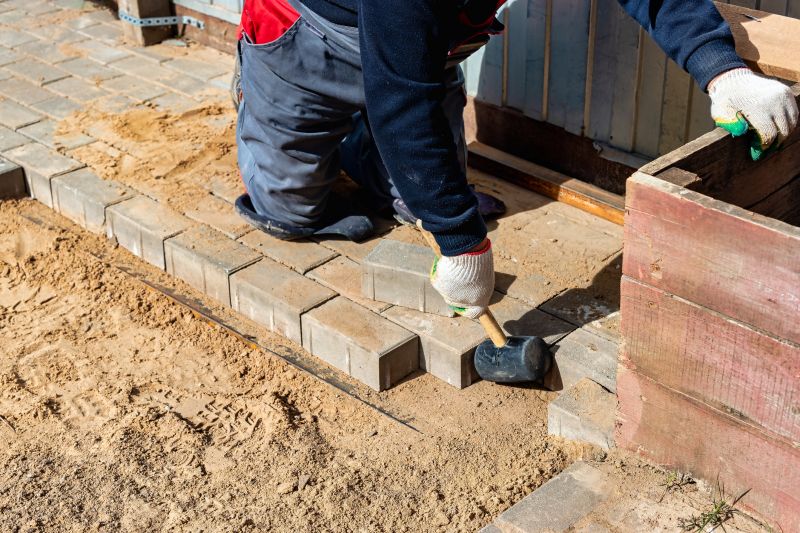
Little measurements that prevent headaches on Pavers Sealings day.
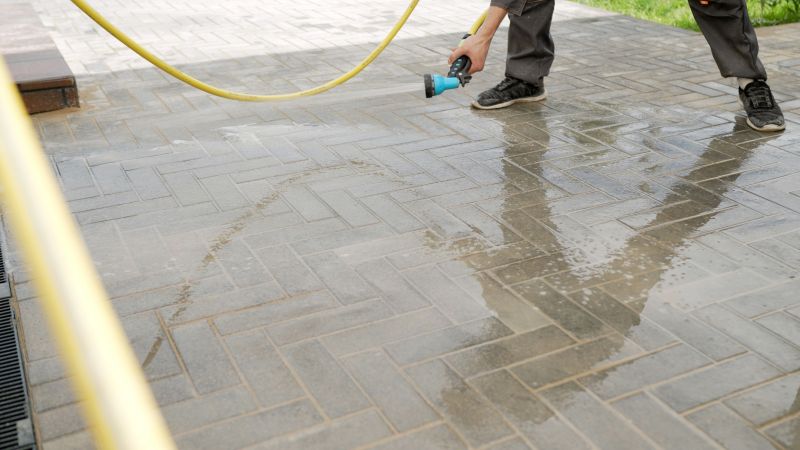
A 60-second routine that keeps Pavers Sealings looking new.
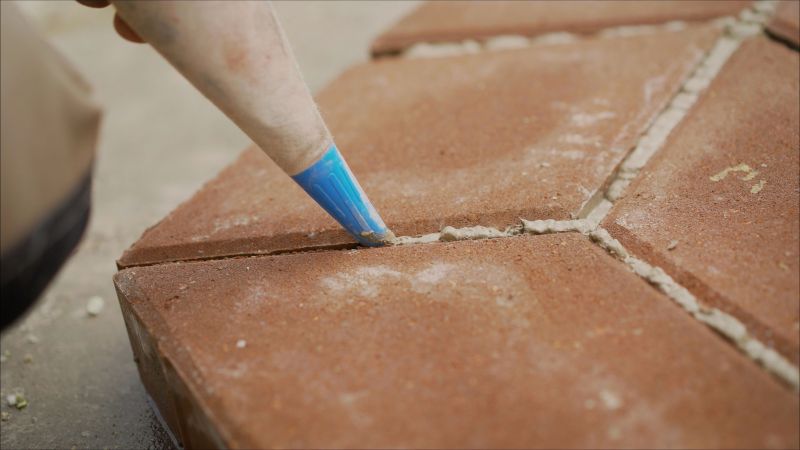
A frequent mistake in Pavers Sealings and how to dodge it.
Interested in pavers sealings? Filling out the contact form can provide additional information and scheduling options to ensure the sealing process is performed at the best time for longevity and aesthetic appeal.
